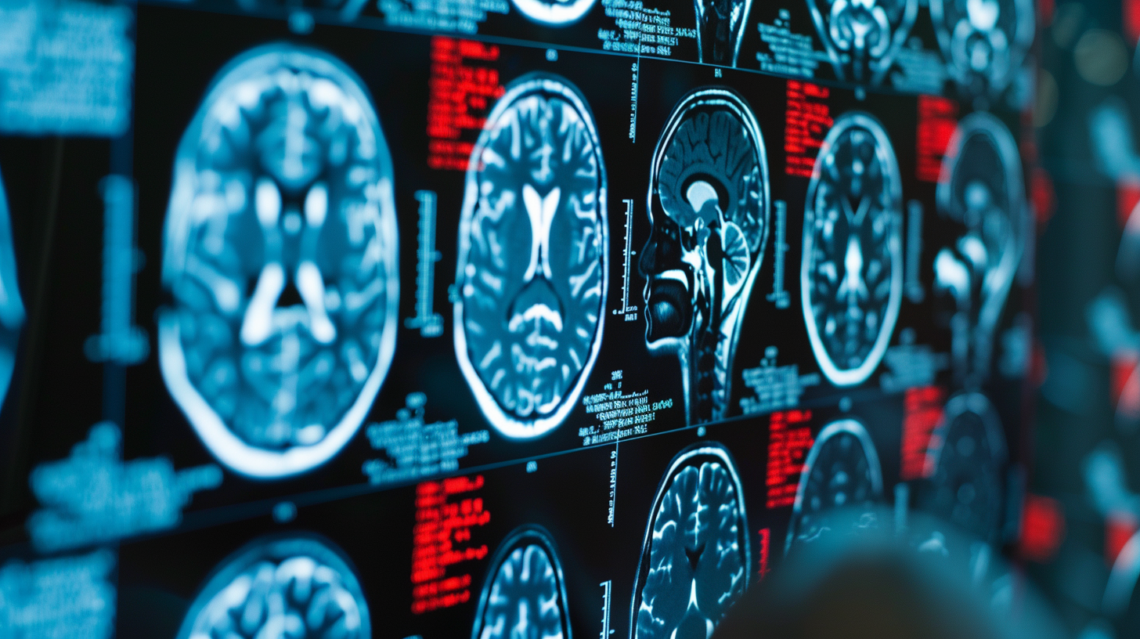
Concussion Awareness
Concussions are a type of traumatic brain injury that result from a blow to the head or a sudden, violent motion that causes the brain to move within the skull. This movement can lead to temporary loss of normal brain function, affecting cognitive processes, physical abilities, and emotional well-being. Recognizing the signs of a concussion, knowing how to proceed with diagnosis and treatment, and understanding preventive measures are essential for managing this condition effectively.
What Part of the Body Concussions Affect
Concussions primarily affect the brain, the control center for all bodily functions. The brain is cushioned by cerebrospinal fluid within the skull, but a sudden impact or abrupt movement can cause it to collide against the skull’s inner walls. This impact can damage brain cells and create chemical changes in the brain, leading to a temporary disruption in its normal functioning.
Symptoms of Concussions
The symptoms of a concussion can vary widely depending on the individual and the severity of the injury. They may appear immediately after the incident or may be delayed for hours or days. Common symptoms include headache, confusion, dizziness, ringing in the ears, nausea or vomiting, slurred speech, and fatigue. Some individuals may experience sensitivity to light and noise, sleep disturbances, memory or concentration problems, and mood changes. It’s crucial to monitor anyone who has suffered a potential concussion closely, as symptoms can evolve over time.
Diagnosing Concussions
The diagnosis of a concussion involves a thorough evaluation by a healthcare professional. This evaluation may include a detailed history of the incident, a physical examination, and cognitive tests to assess memory, concentration, and other aspects of brain function. In some cases, imaging tests such as a CT scan or MRI may be recommended to rule out more severe injuries like brain bleeding or swelling. However, it’s important to note that concussions often cannot be seen on these imaging tests, as they assess the structure of the brain and not its functionality.
Treatment and Recovery
The cornerstone of concussion treatment is rest and gradually returning to normal activities under the guidance of a healthcare professional. Physical and cognitive rest is crucial in the early stages to allow the brain to heal. This means avoiding activities that require concentration and physical exertion, including screen time, reading, and sports. As symptoms improve, individuals can slowly start to reintegrate into their daily routines, but this process should be tailored to each person’s recovery pace. In some cases, rehabilitation therapies, such as physical therapy, occupational therapy, or speech therapy, may be necessary to address specific symptoms or complications.
Prevention of Concussions
Preventing concussions involves taking precautions during activities that pose a risk of head injury. Wearing appropriate protective gear, such as helmets, during sports or recreational activities is essential. Adhering to safety rules and regulations, ensuring safe playing environments, and teaching proper techniques can also significantly reduce the risk of concussions. Educating individuals about the dangers of head injuries and the importance of reporting and seeking treatment for any head trauma can foster a safer environment for everyone.

